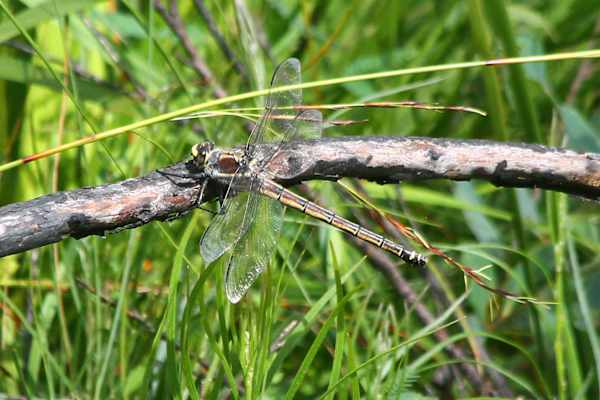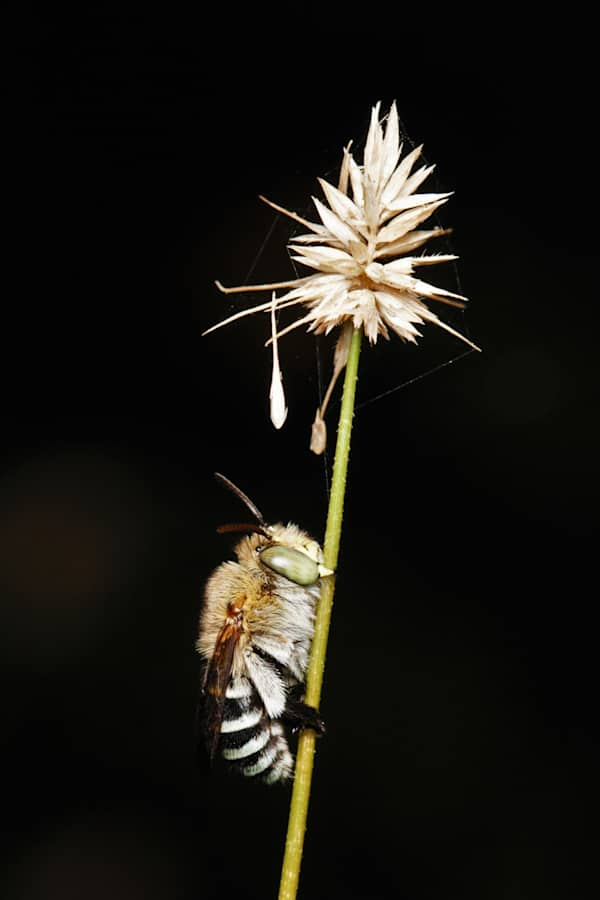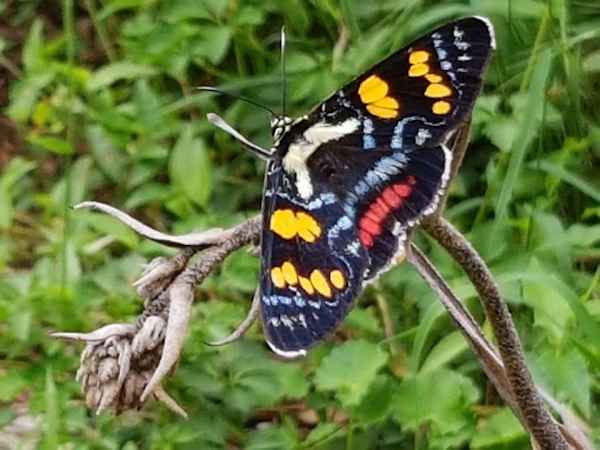Biodiversity. It's all around us and yet easy to overlook in the everyday of our increasingly urbanised human lives. The myriad diverse forms of life and their complex and evolving relationships are so vast and complex that scientists are still only starting to come to grips with them.
For example, many species of insect are still being discovered, while others have been discovered but remain undescribed by science.
At the same time, Australian scientists estimate that 1-3 species of insects and other native invertebrates such as snails and spiders and are going extinct each week. Not each year, but each week. The implications of these extinctions are poorly understood, but it's clear that Australia's loss of biodiversity is far greater than a casual browse of official threatened species lists might suggest.

Consider the Giant Dragonfly (Petalura gigantea): it's the only officially threatened insect species in Illawarra. But we can be pretty confident that there are insects and other invertebrates in the area that are threatened with extinction, and some that have recently become extinct.
Many threats to insect survival are all around us, such as the insecticides used in farming, landscaping and domestic gardening (not to mention inside the home), habitat clearing and modification, and changes to streams that impact their ability to support aquatic and egg-laying insects.
Luckily, there are things we can all do to help protect and conserve insect biodiversity. Of course I'm always going to recommend growing local native plants, that's a given!
You can use the plant finder on the Growing Illawarra Natives website to search for plants that provide habitat for butterflies, and for bees and other insects. But how you let these plants grow will also influence how appealing they are to various insects. Bees tend to like having a few of the same species available in the same space, and recent research from WA indicates that urban native vegetation remnants support more native bee diversity than residential gardens. So grow a few of your fave local shrubs or grasses, not just one!

Letting native grasses go to seed and leaving their 'messy' dead leaves and stalks in place can provide habitat for native bees and insects, and also for small lizards and little birds. As above, Blue-banded Bees often roost overnight on grass stalks. And Reed Bees (Exoneura sp.) often nest in dead tree or shrub stems.
Annoyingly pushy vines that pop up of their own accord and grow all over other plants also have their virtues. One of the locals, Slender Grape (Cayratia clematidea), is a larval host plant for one of the most spectacular local moths, Joseph's Coat moth (Agarista agricola), seen below in its full glory.

If you don't have your own space to garden, you can support insect biodiversity by participating in a local Bushcare, Dunecare, FiReady or Landcare group. There are dozens to choose from, from Helensburgh down to Seven Mile Beach and beyond.
And if you'd like more info on gardening for insects, check out this butterfly guide from the Illawarra councils or this Growing Illawarra Natives article on gardening for native bees by Alison Mellor.





